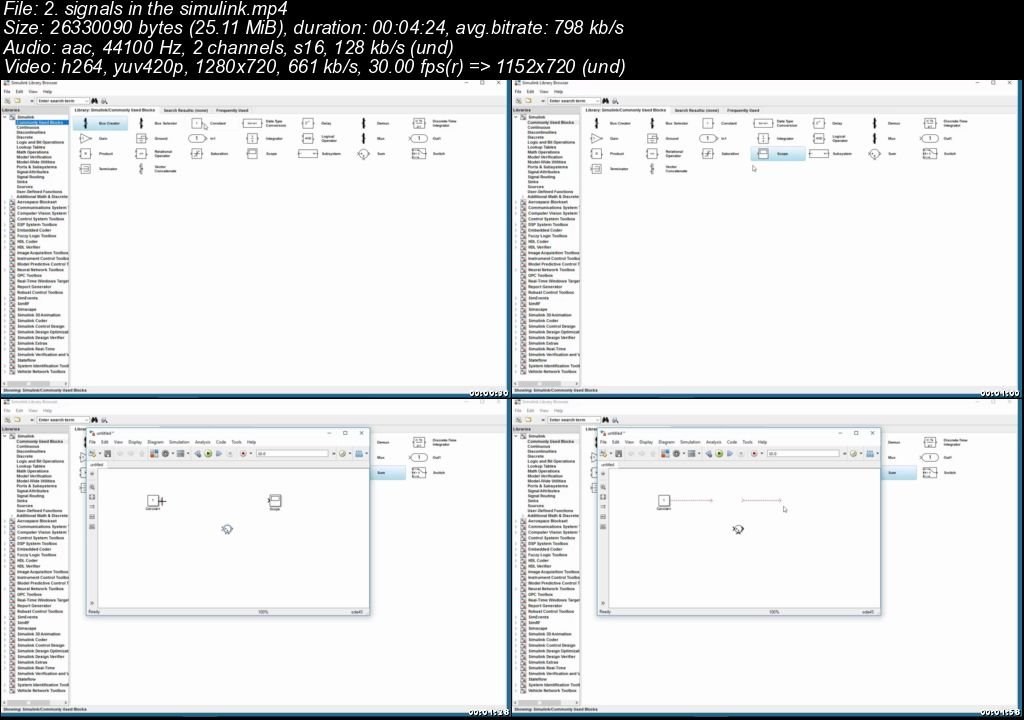


Then addressing the -component equations gives us the following. First addressing the -component equations we arrive at the following. Therefore, we can represent their derivatives in terms of the derivatives of. However, the position coordinates and are exact functions of. Model the additional - and -component equations for the pendulum as shown below. In general, we would like to exploit the modeling power of Simulink to take care of the algebra for us. In the Inverted Pendulum: System Modeling tutorial, the interaction forces and were solved for algebraically. The - and -components of the translation of the pendulum's center of mass in addition to its rotational dynamics. The inclusion of these forces requires modeling It is necessary, however, to include the interaction forces and between the cart and the pendulum in order to fully model the system's dynamics. We will generate the differential equations for these degrees of freedom from first principles employing Both the cart and the pendulum have one degree of freedom ( and, respectively). Which reduces the degrees of freedom in the system. This system is challenging to model in Simulink because of the physical constraint (the pin joint) between the cart and pendulum įor this example, let's assume the following quantities: (M) mass of the cart 0.5 kg (m) mass of the pendulum 0.2 kg (b) coefficient of friction for cart 0.1 N/m/sec (l) length to pendulum center of mass 0.3 m (I) mass moment of inertia of the pendulum 0.006 kg.m^2 (F) force applied to the cart (x) cart position coordinate (theta) pendulum angle from vertical (down)īelow are the two free-body diagrams of the system. For this system, the control input is the force that moves the cart horizontally and the outputs are the angular position of the pendulum and the horizontal position of the cart.

In this example we will consider a two-dimensional version of the inverted pendulum system with cart where the pendulum isĬonstrained to move in the vertical plane shown in the figure below. Performance of the control scheme designed based on the linearized model. The simulation model can also be used to evaluate the The nonlinear simulation can then beĮmployed to test the validity of a linearized version of the model. Solutions to nonlinear equations for which closed-form solutions cannot be generated. A great advantage of simulation, as will be demonstrated in this example, is that it can generate numerical
#Matlab simulink tutorials how to#
In this page we outline how to build a model of our inverted pendulum system for the purposes of simulation using SimulinkĪnd its add-ons. Extracting a linear model from the simulation.Building the nonlinear model with Simscape.Building the nonlinear model with Simulink.


 0 kommentar(er)
0 kommentar(er)
